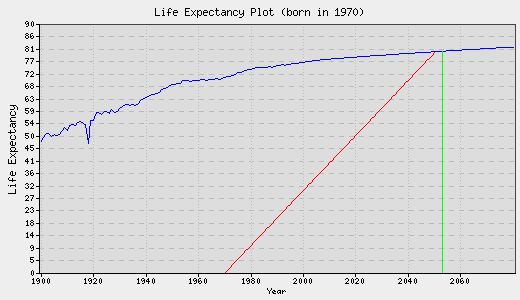 I saw author Wil McCarthy give a talk at Etech nearly two years ago and read the book shortly after. Now (via Boing Boing) Hacking Matter is available as a free download (under the most restrictive Creative Commons license), so I guess it’s time to post a mini-review.
I saw author Wil McCarthy give a talk at Etech nearly two years ago and read the book shortly after. Now (via Boing Boing) Hacking Matter is available as a free download (under the most restrictive Creative Commons license), so I guess it’s time to post a mini-review.
Programmable matter is any bulk substance that can have its physical properties altered on demand. McCarthy’s focus is on quantum dots woven into bulk matter and controlled by electricity.
The quantum dots can form arbitrarily sized artificial atoms on demand, radically changing the bulk matter’s properties. Examples (from p. 119 of the PDF):
Transparent ↔ Opaque
Reflective ↔ Absorptive
Electrically Conductive ↔ Electrically Insulative
Thermally Conductive ↔ Thermally Insulative
Magnetic ↔ Nonmagnetic
Flexible ↔ Rigid
Luminous ↔ Nonluminous
Not all of these could be changed arbitrarily and simultaneously, as many are correlated, but the point is “doped” matter becomes practically magic. Apart from obvious many billion dollar applications in fashion, personal and household goods and industrial processes, cheap bulk programmable matter would enable the conservation bomb to go nuclear (figuratively speaking), producing super efficient heating, cooling, and solar engergy collection. Beyond that, the possibilities quickly go into the realm heretofore of science fiction and magic.
There is a problem of course–making quantum dots in bulk cheaply. Apparently progress is being made, but there’s a long way to go to anything that could be called cheap. As far as I can tell a hot application now is “nanosensing” which isn’t really bulk.
Molecular nanotechnology could presumably produce programmable matter with abandon, but MNT may be some ways off. From about as far away from any related field as possible, quantum dots lack the hype and controversy surrounding “nanotechnology” and MNT, though research and small scale applications are well underway. As solid state, programmable matter also shouldn’t scare some people has MNT has–no self replication.
Hacking Matter is a popular science book and tries to balance between describing the personalities doing the research, technical information, and wild speculation. I could’ve done without the anecdotes. I’m sorry to admit that the technical parts were at about the right level for me, having a very weak science background, which also leaves me largely unable to pass judgement on the speculative parts. There definitely needs to be a more rigorous but still somewhat accessible treatment.
I was convinced that programmable matter will be an important technology in the not too distant future, though not inspired a la Engines of Creation, though that comparison is probably unfair.
I recommend skimming Hacking Matter if you’re interested, and skimming the brief programmable matter FAQ even if you aren’t particularly interested, just for the purpose of being informed.
At Etech I asked McCarthy if he had any easily judged predictions about the development of programmable matter technology (for use as prediction market claims of course). He didn’t have anything concrete on the spot–something about “bulk material should be available” if I recall. The Cheaper Dots story cited above mentions “$2,000 a gram”. Are cost per gram or grams produced good general metrics?

